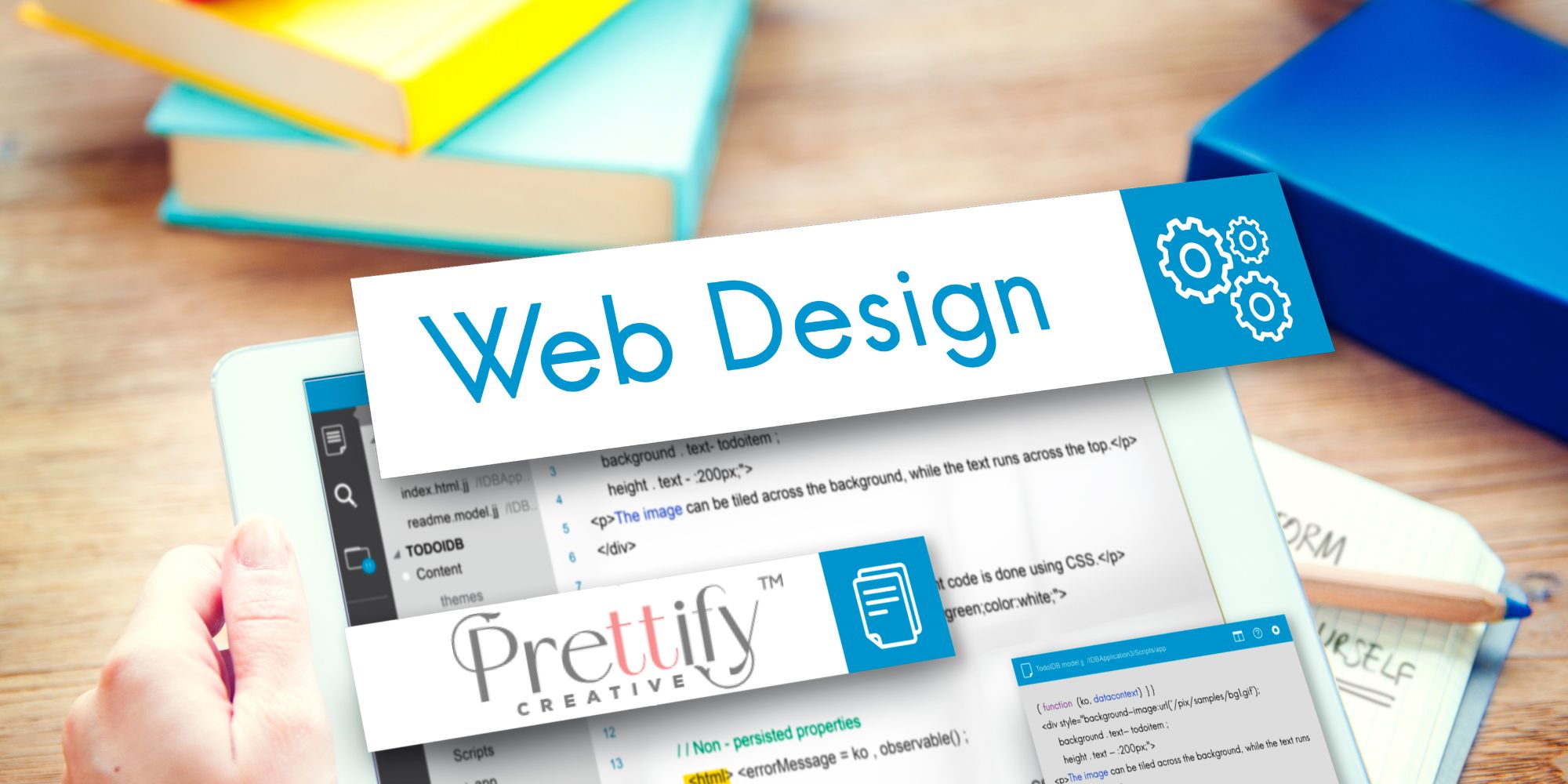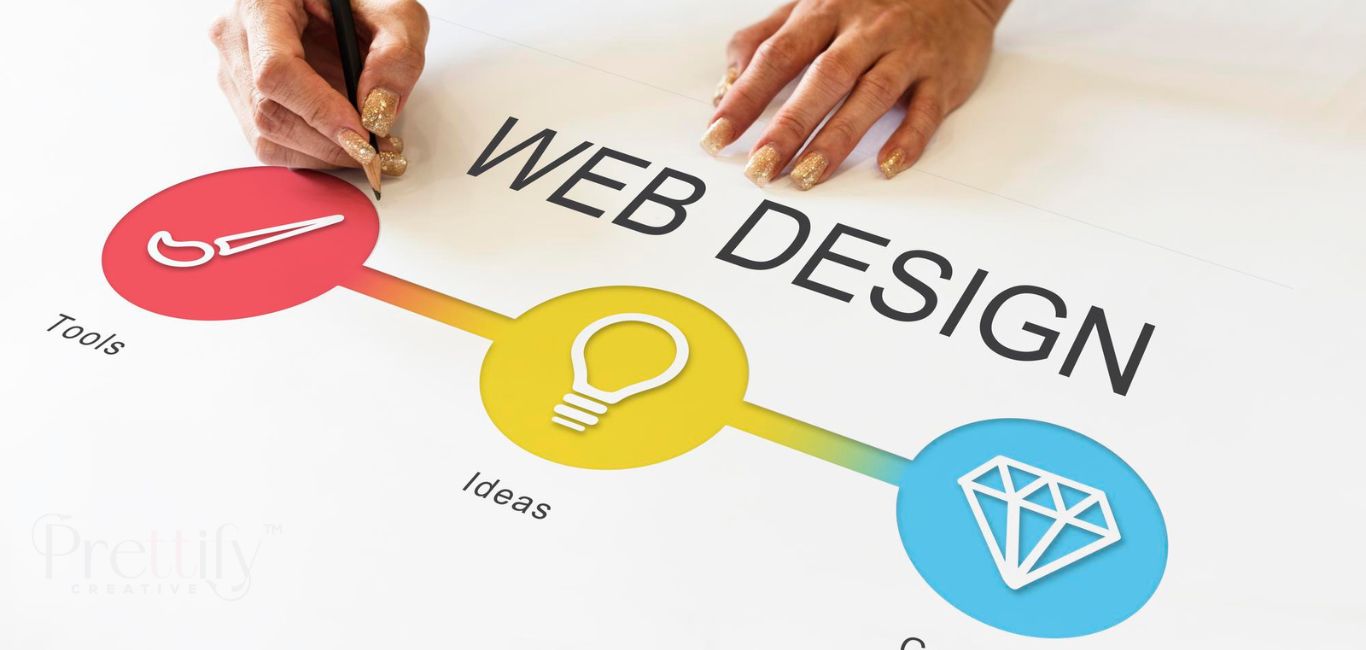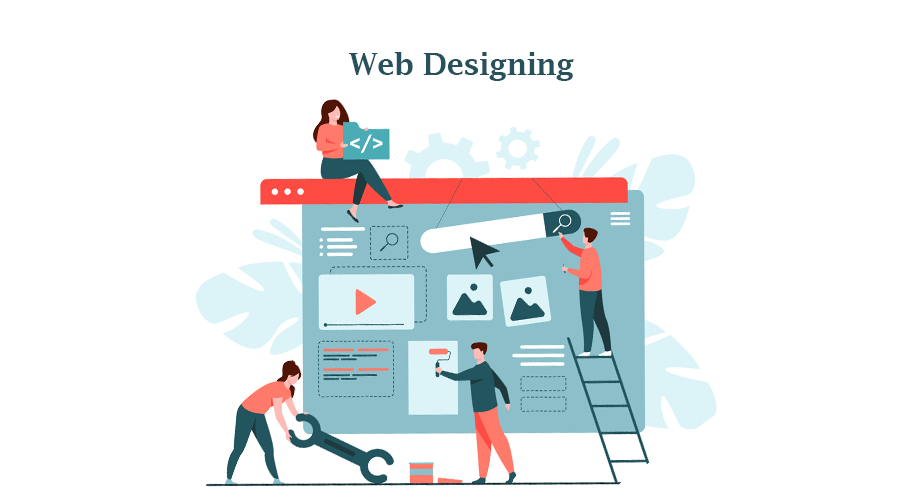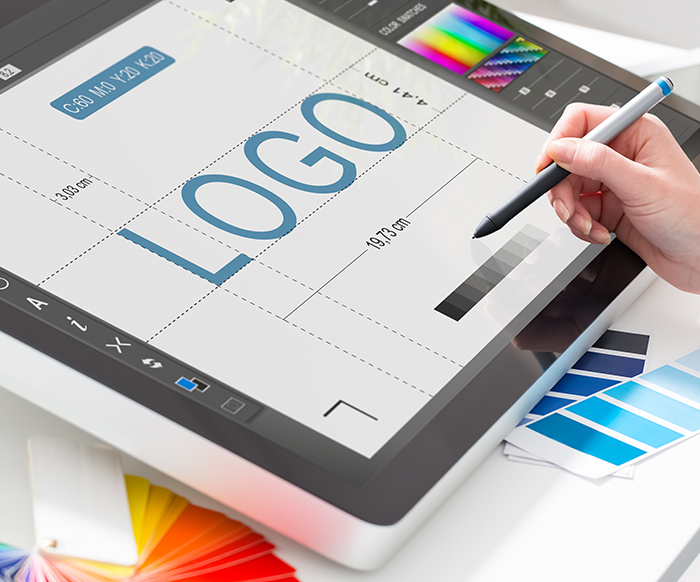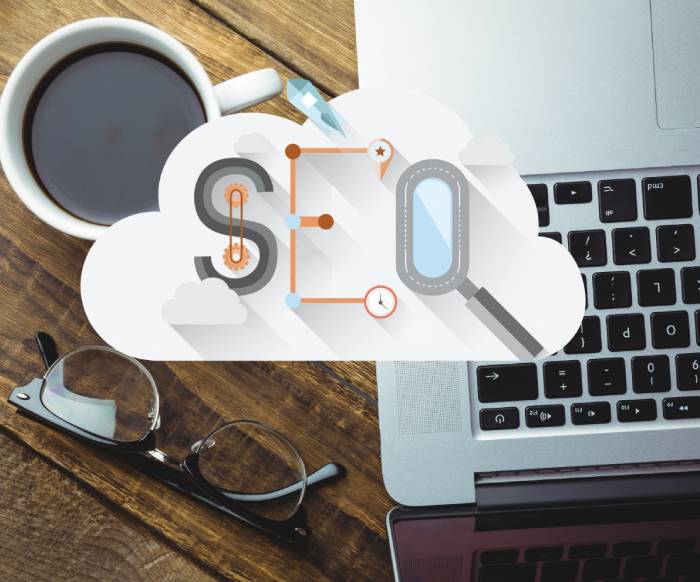Hiring a professional web designer in Gurugram ensures that your website is not only visually appealing but also functional, responsive, and optimized for search engines. A well-designed website builds credibility, improves user experience, and helps your business grow online.
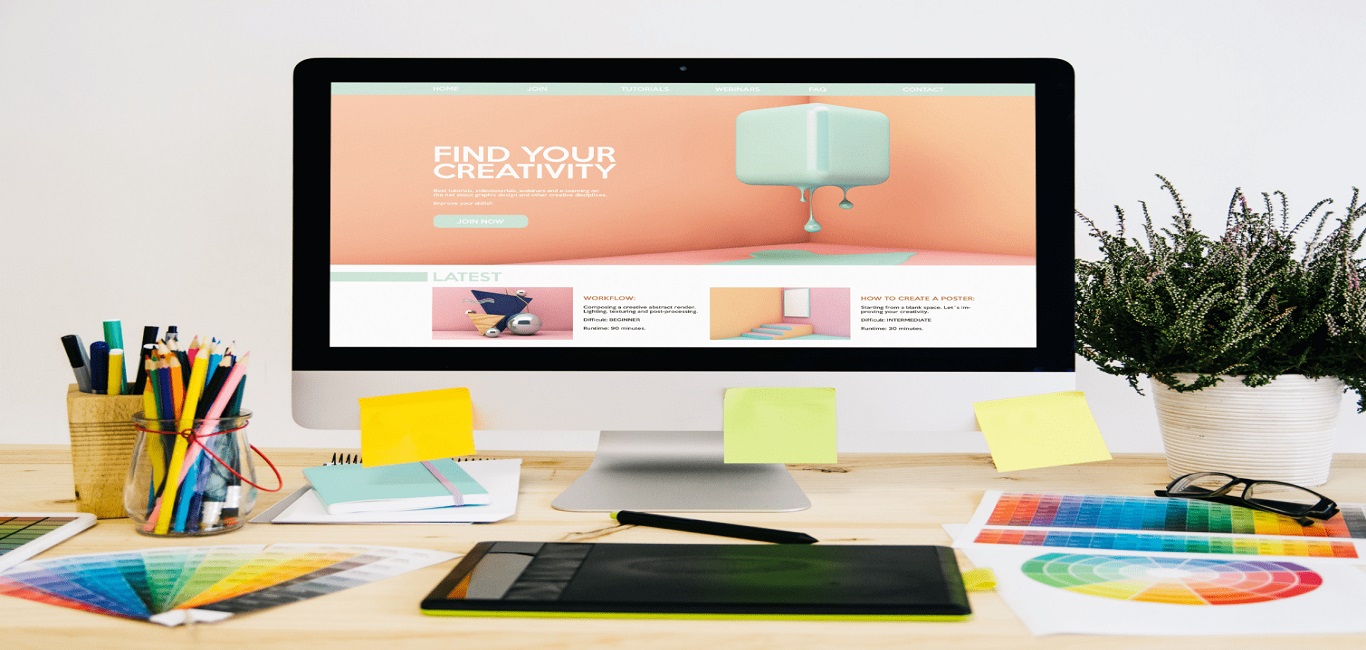
A large enterprise looking to expand its online presence, or someone who wants to improve their existing site, understanding the ins and outs of web design is essential. A professionally designed website not only helps your business look credible but also serves as a valuable tool to engage your audience, generate leads, and assure your long-term success. If you're looking for a web design company in Gurgaon or anywhere else, it's important to understand what goes into creating a website that works. Let’s explore everything you need to know about website design.
A website makes your business look credible. Consumers often turn to the internet to research products and services before making any purchases, a professional-looking website is key to building trust. It provides a central platform for potential customers to learn more about your brand, its values, and its offerings. The absence of a website may lead to doubts about your legitimacy, causing people to look elsewhere for businesses that seem more established.
Establishing Credibility is in Securing Your Own Domain Name
One of the first steps in establishing credibility is securing your own domain name. A domain name is essentially the address of your website on the internet, and it plays an integral role in your branding strategy. A branded domain name makes it easier for users to find you online, and having a branded email address builds a more professional appearance. A domain that matches your website's name creates consistency and makes it easier for customers to remember your brand. This can help foster trust and brand recognition as your business grows.
Your website is more than just a place for customers to find your contact details. It’s also an opportunity to show them what it’s like to work with your brand. In fact, your website serves as an online portfolio for your business. From the moment a visitor lands on your homepage, they should be able to gather key insights about your business, products, and services. This is where testimonials come into play. When visitors arrive at your website, they want to know what others think of your business. Testimonials provide social proof that your products or services deliver what they promise. Seeing reviews and success stories from satisfied customers helps build trust and confidence in your brand. Including testimonials prominently on your site, whether on the homepage, product pages, or in a dedicated section, can significantly influence purchasing decisions and conversions.
One of the major decisions you’ll face in web design is whether to go for an adaptive design or a responsive design. A responsive design automatically adjusts the layout based on the size of the device screen, if it’s a phone, tablet, or desktop. This assures that your website looks great on all devices without the need for separate versions. Adaptive design, on the other hand, involves creating different versions of your website designed for specific screen sizes. While this may give you more control over the user experience, it requires more time and resources to implement and maintain. Choosing between adaptive and responsive design depends on the nature of your website and your audience’s preferences. However, responsive design is widely recommended due to its flexibility and ease of use.
Understanding The Core Principles of Web Design
If you're working with a web design company Gurgaon or designing a website yourself, understanding the core principles of web design is vital for creating an effective and user-friendly website. The eight principles of web design include balance, contrast, emphasis, rhythm, movement, hierarchy, unity, and white space. Balance refers to distributing elements evenly across the page to create visual stability. There are two types of balance: symmetrical and asymmetrical. Both can be used to create a pleasing website. Contrast helps to highlight important elements of your website by using differences in color, size, or shape. This draws attention to key messages, calls to action, and other essential content. Emphasis directs the viewer’s attention to a specific area or element on your website. For example, using bold fonts, contrasting colors, or larger images can emphasize key messages or calls to action. Rhythm is the repetition of elements throughout your website. It creates a sense of organized movement and flow, which helps users navigate the site naturally. Movement assures that the design directs the viewer’s eye in a natural progression, guiding them through the content on the page in a logical manner. Hierarchy helps structure content to make it easier for users to process information. It establishes an order of importance by using varying sizes, colors, and placements to make the most important information stand out. Unity is the principle of assuring all elements on the page work together cohesively. A unified design leads to a smooth user experience where everything feels connected and well-organized. White space, also known as negative space, is the area on your website that is left intentionally empty. White space is important for a clean design and helps prevent the page from feeling cluttered or overwhelming.
The way users navigate through your website is crucial to its usability. Navigational menus allow users to find the information they are looking for quickly and easily. Different types of menus can be used depending on the structure and goals of your website. Some of the most popular types include the classic menu, which is the traditional horizontal menu found at the top of the page, offering a straightforward and easy-to-use experience. The hamburger menu is a three-line icon used primarily on mobile devices, when clicked, it reveals the site’s navigation options, ideal for saving space. A sticky menu remains at the top of the page as the user scrolls, making it always accessible. A drop-down menu reveals sub-categories when hovered over or clicked, helping organize content in a compact way, while a sidebar menu, typically placed on the left or right side of the page, provides an easy way to navigate large sites. Choosing the right type of menu for your website depends on the complexity of the content you wish to present and the browsing experience you want to offer users.
Optimizing Your Website’s Speed is Essential
One of the biggest turn-offs for users is a slow-loading website. Research shows that users tend to abandon websites that take more than 3 seconds to load, which means website speed is directly tied to your site’s success. A slow-loading website not only frustrates users but also hurts your SEO rankings. Optimizing your website’s speed is essential to assure that users have a smooth and efficient experience. A well-optimized website guarantees fast loading times, and this can be achieved by compressing images, using caching techniques, and leveraging content delivery networks (CDNs). A faster website not only keeps visitors happy but also ranks better on search engines like Google.
SEO (Search Engine Optimization) is another important aspect of web design. SEO involves optimizing your website's content, structure, and technical elements to rank higher on search engines. The higher you rank, the more likely you are to get discovered by potential customers. SEO helps improve visibility, drives traffic to your website, and assures long-term success for your online business. A web design company in Gurgaon or anywhere else should integrate SEO-friendly practices right from the start. This includes guaranteeing fast loading times, using proper headings, including keyword-rich content, and optimizing your images and videos.
Lastly, a great website design is about user experience (UX). A good UX design guarantees that visitors can easily navigate the site, find the information they need, and take action. There are seven key factors to consider when designing for UX: useful, usable, findable, credible, desirable, accessible, and valuable. Your website should provide relevant and useful information to your visitors. A user-friendly design assures that visitors can navigate your site with ease.
A Trustworthy Design Builds Credibility
Information should be organized logically so users can easily find what they are looking for. A trustworthy design builds credibility by offering clear, accurate, and valuable content. Your website should make a lasting impression on visitors. Make sure that your website is accessible to people with disabilities, following best practices for accessibility. Above all, your website must provide value to the user. If it doesn’t, visitors will quickly leave.
All in all website design is a multifaceted process that requires attention to detail, creativity, and an understanding of user needs.
FAQ’s
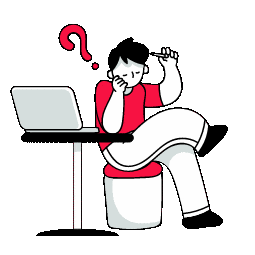
Why should I hire a professional web designer in Gurugram for my business website?
What is the importance of responsive web design for my business in Gurgaon?
How can website design services in Gurgaon help me achieve my business goals?
What is the difference between adaptive and responsive web design?
How important are SEO strategies in web design?
How can a web designer in Gurugram help with branding and domain names?
What are some best practices for navigation on a business website?
Why is website speed so important for user experience and SEO?
What is the role of UX (User Experience) in website design?
How can testimonials and reviews improve my website’s performance?



